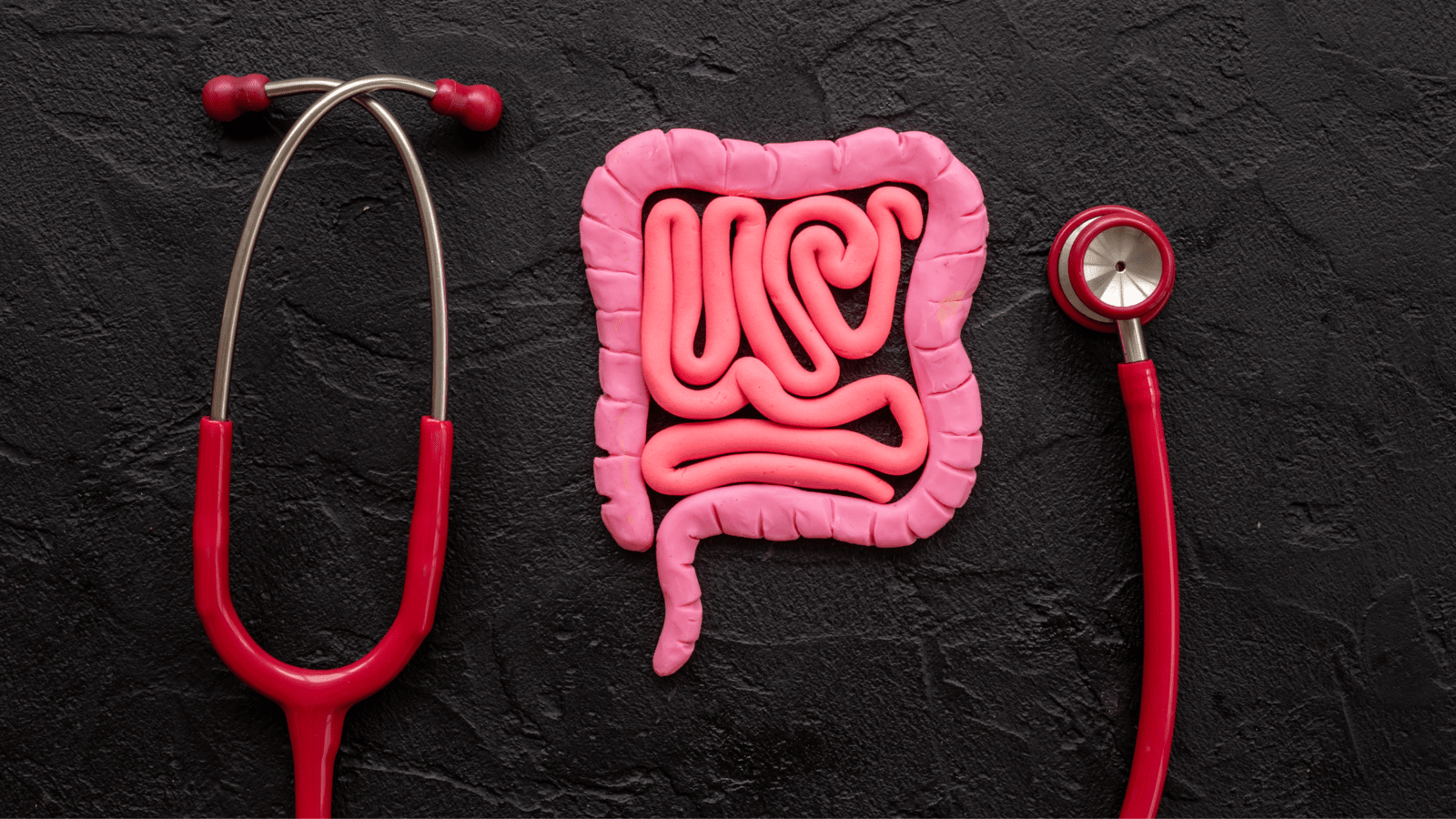Table of Contents
Key Points
- Codeine is a prescription opiate pain reliever that’s used for mild to moderate pain and as a cough suppressant.
- Codeine is available with a prescription, but it’s often misused and has high abuse and addiction potential.
- Codeine is detectable for 4 days in urine, 36 hours in saliva, and 3 months in hair follicles.
- Stopping codeine use abruptly can lead to serious withdrawal symptoms. Always seek professional help to safely navigate this process.
Codeine is an opioid analgesic that’s used in cough suppressant medication. It’s a commonly abused drug and can lead to tolerance, physical dependence, and addiction, as well as other long-term consequences. Codeine is detectable for up to 4 days in urine, 36 hours in saliva, and 3 months in hair.
What Is Codeine?
Codeine is a prescription opiate analgesic medication that can be used to suppress cough and treat mild to moderate pain.[1] It’s available in tablet and capsule forms, oral suspensions, oral solutions, and syrups. As a cough suppressant, it’s typically combined with other medications.
The DEA classifies codeine as a Schedule II substance when it is in a pure form or at higher concentrations in products. However, when codeine is combined with other medications in lower doses, it may be classified as a Schedule III or V drug, indicating a lower potential for abuse and dependence.[2][3]
Though codeine is effective for its therapeutic uses, it can be misused to cause relaxation and euphoria. People who abuse it may chew, snort, or inject the tablets when crushed. Codeine may also be consumed in soda or in hard candies.
How Long Does Codeine Stay in the System?
The estimated detection times for codeine are:[4]
- Up to 2-4 days in urine, but up to a week in chronic users
- Up to 36 hours in saliva
- Up to 3 months in hair follicle tests
The detection times of codeine can vary by the drug test and other factors, including:[5]
- Weight
- Urine pH levels
- Urine concentration and fluid intake
- Metabolism
- Age, gender, and ethnicity
- Kidney or liver problems
- The length and frequency of codeine use
The dose of codeine prior to the test
How Is Codeine Processed in the Body?

Codeine is metabolized by the liver and produces metabolites. About 50-70% of codeine is converted into codeine-6-glucuronide, about 10-15% is converted to norcodeine, and up to 15% is converted into morphine.[6] All of these drugs have affinity mu-opioid receptors, with morphine having the greatest affinity.
Codeine and its metabolites are excreted in urine. Both codeine and its metabolites can be detected by urine tests. The half-life of codeine, which is the time it takes for half of the dose of codeine to be eliminated from the system, ranges from 1 to 2 hours.[7]
False Positives for Codeine
False positives can happen with opiates, such as codeine. Morphine and codeine are both derived from the poppy plant, so poppy muffins or bagels can cause a false positive on a drug screening. Enzyme-linked immunoassay (EIA) drugs screens, which report positives for a class of medication instead of a specific drug, can also have false reports. This means that a false positive can come up for opiates with drugs like:[8]
- Verapamil: A prescription medication used to treat hypertension
- Diphenhydramine: The active ingredient in Benadryl used for allergies or sleep
- Doxylamine: An OTC antihistamine that’s used for allergies or medications to support sleep
- Dextromethorphan: An OTC medication for cough
How Long Does Tylenol with Codeine Stay in the System?
Tylenol with codeine is a combination prescription medication that can have varying amounts of codeine. Tylenol, or acetaminophen, is a pain reliever that’s available on its own or combined with other medications, including prescription medications like codeine. Both acetaminophen and codeine are metabolized by the liver.
In combination with acetaminophen, codeine, and its metabolites have a longer half-life and stay in the system a bit longer – typically a day. Tylenol only stays in the body for about 24 hours. When these medications are combined, however, the liver has to work harder to metabolize them.[9] With excess use or overdose it can cause liver damage.
Codeine Abuse and Addiction Risk
Repeated abuse of codeine can lead to abuse or addiction, a chronic, relapsing condition that causes someone to repeatedly use codeine despite its harmful effects. The long-term effects of codeine abuse include:[10]
- Low sex drive
- Chronic constipation
- Irregular menstruation
- Muscle tension
- Tolerance
- Withdrawal symptoms
- Physical dependence
Abusing codeine can lead to overdose, which can be fatal. High doses of codeine can significantly depress the central nervous system, leading to respiratory arrest. This risk is compounded by taking codeine with alcohol, sedatives, or other opioids.
The signs of a codeine overdose may include:[11]
- Extreme drowsiness
- Stupor
- Constricted pupils
- Limp extremities
- Cold skin
- Bluish skin
- Respiratory arrest
- Respiratory depression
- Low blood pressure
- Cardiac arrest
- Slowed pulse
- Coma
If you suspect someone is overdosing on codeine, call 911 immediately. Prompt medical attention is the only way to reverse an overdose. Be sure to wait with the person until help arrives.
Codeine Withdrawal
Codeine withdrawal is similar to withdrawal from other types of opioids and can be severe. The symptoms of withdrawal may include:[12]
- Irritability
- Anxiety
- Teary eyes
- Runny nose
- Sweating
- Muscle aches
- Increased heart rate
- Loss of appetite
- Nausea and vomiting
- Stomach cramps
- Diarrhea
- Enlarged pupils
- Chills or goosebumps
The symptoms of withdrawal can last for a week, but some may persist for months after stopping use. Typically, they’re strongest in the first few days after stopping and dissipate after two weeks. The cravings and behavioral effects can last for months.
Treatment for Painkiller Addiction
If you want to stop using codeine or other painkillers, it’s important not to do it “cold turkey” on your own. If you were prescribed codeine, your doctor may suggest a gradual taper to reduce the severity of withdrawal symptoms.
Depending on the severity of your substance use disorder, you may be referred to a medical detox center for supervised medical care. This ensures that you’re as safe and comfortable as possible with medications to relieve the symptoms and manage cravings. There, you would also have a medical team available if complications arise.
After detox, you would enter an addiction treatment program to address codeine abuse or addiction. This may take place in a partial hospitalization or outpatient setting and may include individual and group therapy, behavioral therapies, and medications to support long-term recovery.
Seek Help for Codeine Addiction
If you or a loved one is struggling with codeine abuse or addiction, treatment is available. At The Heights Treatment Centers, we take a holistic approach to patient care with diverse, multidisciplinary therapies to treat addiction and encourage lasting sobriety. Contact us today to learn more about our treatment options.
Frequently Asked Questions About Codeine Addiction and Drug Testing
The Heights Treatment Editorial Guidelines
There is a vast amount of misinformation online especially as it relates to health & wellness. We have made it our mission at The Heights Treatment to provide accurate, medically sound content that has been medically reviewed by a doctorate level clinician so that you can trust the information contained within our website.





